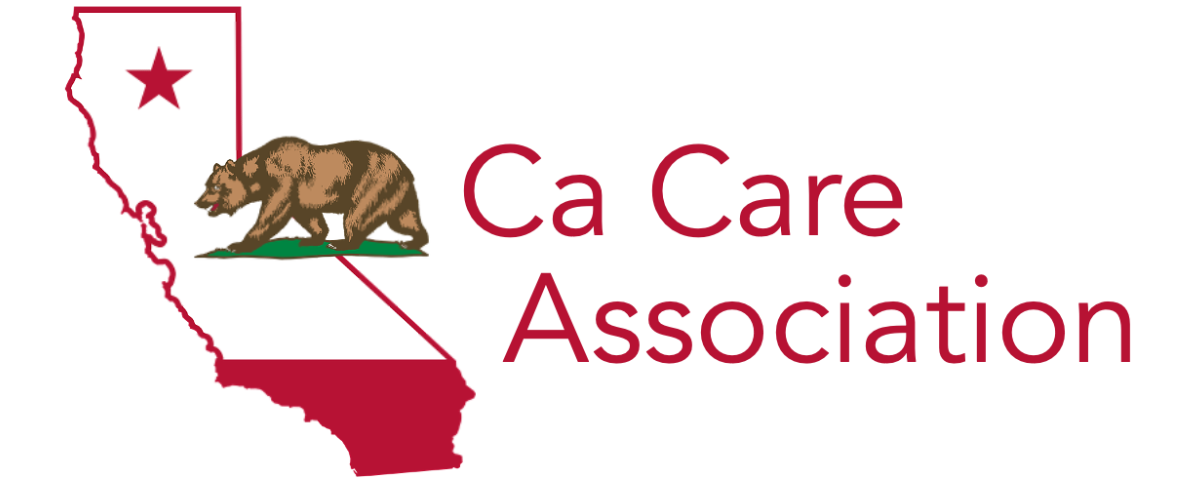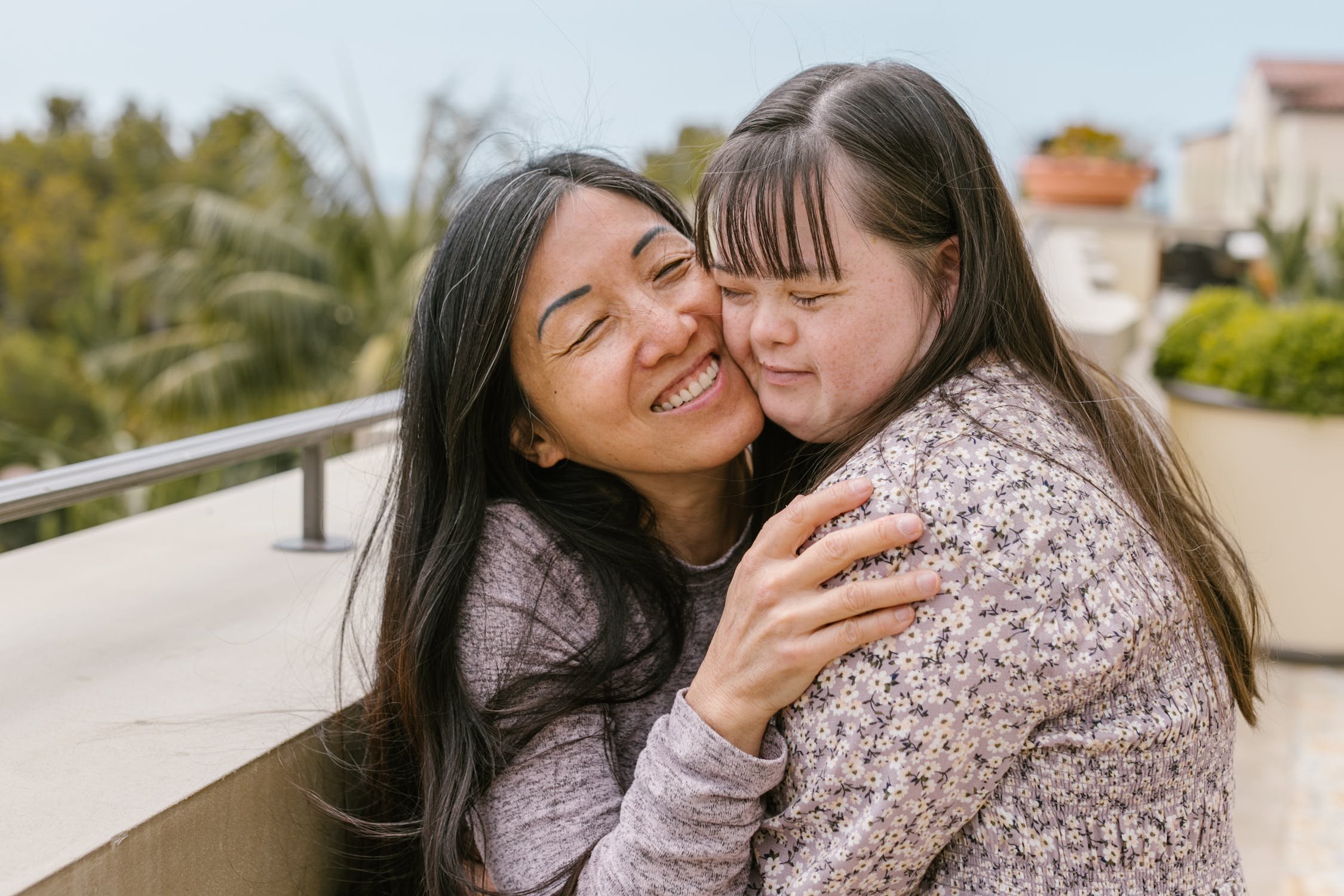A Caregiver's Guide to Down Syndrome
WHAT IS DOWN SYNDROME
Normal human genetic information contains 46 chromosomes, 23 from each parent. Our body does its best to divide our cells properly without error, however, with each individual having around 60 trillion feet of DNA inside them, errors are sometimes inevitable. Down syndrome is a genetic disorder that occurs when an individual has an extra copy of chromosome 21. This extra genetic material leads to characteristic physical and developmental features that are associated with the condition. There are three types of Down Syndrome, and only one of them is known by most people
Trisomy 21 - is most common, and makes up about 95% of all Down Syndrome cases, affecting about 5,000 babies each year. People with Trisomy 21 have three copies of chromosome 21 in all cells.
Mosaic Down Syndrome - is a rare form of Down syndrome where not all cells have an extra copy of chromosome 21, and others have the normal two copies.
Translocation Down Syndrome - people with this type of DS have their extra copy of chromosome 21 attached to another chromosome instead of it being separate. The extra chromosome can be attached to chromosomes 14, 13, 15, etc.. it can also be two chromosomes 21 attached to each other.
The most common physical characteristics of Down syndrome include a flat facial profile, small head, and short stature. Individuals with Down syndrome may also have eyes that slant upwards and outwards, a small nose, and a protruding tongue. These facial features may become more pronounced as the person with Down syndrome ages.
Different types of Down Syndrome
WHEN IS DOWN SYNDROME DETECTED
According to Penn Medicine, Down Syndrome can be detected from screening as early as 11-14 weeks of pregnancy.
RISK FACTORS
Studies have shown that the age at which the mother gets pregnant is indeed a risk factor and could increase the chances of having a child with Down syndrome. The older the mother, the higher the risk. One reason for this is that as the women age, the older egg cells possess a greater chance of having improper chromosome division.
Stanford Children stated that the chance of having a child with Down syndrome is 1 in 1,250 for women 25 and below. While women age 40 and above have a 1 in 100 chance.
CHALLENGES OF HAVING DOWN SYNDROME
Down syndrome also affects cognitive development and may have developmental delays in areas such as speech, language, and motor skills. However, the severity of these can vary greatly from person to person. Some individuals with Down syndrome may have mild intellectual disabilities, while others may have more severe cognitive impairments.
Individuals with Down syndrome may also be at an increased risk for certain health conditions. Common health problems include:
Heart defects -according to the National Institute of Child Health and Development, affect almost one-half of babies with DS.
Vision problems
Thyroid problems - people with DS are more prone to having endocrine problems than others.
Blood disorders
Hearing problems
Sensory issues
It is important that these problems are detected as early as possible. Many of the conditions that are found in people with Down Syndrome can be treated with medicine, surgery, therapy, and other treatments that doctors will identify.
TREATMENTS FOR DOWN SYNDROME
Down Syndrome cannot be cured. However, there are different interventions that individuals can take in order for them to function better. Early intervention is among the most crucial interventions for people with Down syndrome. This can include procedures that can help to enhance cognitive and developmental outcomes, such as speech therapy and physical therapy. They might also get special education services to aid in their development of independent living skills.
Individuals with Down syndrome may benefit from social and recreational activities in addition to these interventions. They can participate in typical school activities and programs like athletics and music, which can help to foster social interaction, independence, and self-sufficiency
It's also important to mention that people with Down Syndrome have a life expectancy similar to the general population and adults with Down Syndrome can live independently, have jobs, and form relationships.
HOW TO CARE FOR SOMEONE WITH DOWN SYNDROME
Understand their unique needs
The first step in knowing how to take care of an individual is by knowing their needs. This can include knowing their likes and dislikes, their triggers, and what calms them down. This also includes knowing what treatment is best for them and what they need the most, you can ask a professional for this.
Help create and maintain a healthy lifestyle
Create a balanced diet for them and incorporate healthy foods during their snack times. Physical activities are also important, exercise with them, you can start with simple stretches and morning walks.
Help them become independent
Develop a routine for them that they can follow daily, this will help them become accustomed to their daily tasks and would eventually require little help from you. Teach them how to do simple household chores, involve them in what you do, and make them feel that they are part of the team effort in building a home.
Encourage social interaction
Socializing is crucial to their growth, and in their path to becoming more independent. Let them join social groups with people of similar interests, and help them gain more friends.
Bond with them
This can include playing games, painting, solving puzzles, watching movies, cooking, baking, and any other activities that you can think of!
Final Thoughts
People with Down Syndrome are just like any of us. They are human beings who deserve every ounce of respect and kindness that we give to others. It is important to understand the disorder in order for us to know how to care for someone with Down Syndrome better. Through understanding their needs, creating and maintaining a balanced diet, helping them become independent, encouraging social interaction, and bonding with them, we become a better caregiver to them and give them the best life that they deserve.
What is something new that you learned today about Down Syndrome? Ca Care Association creates more content like this, about different diseases, and disorders, and how to become a better caregiver. We also provide free caregiving training for everyone who signs up for our membership. Not only that but also employment opportunities! Become a member now by clicking here!




